Tribe Cercopithecini Scientific name Cercopithecus kandti Rank Species | Phylum Chordata Family Cercopithecidae Genus Cercopithecus Higher classification Guenon | |
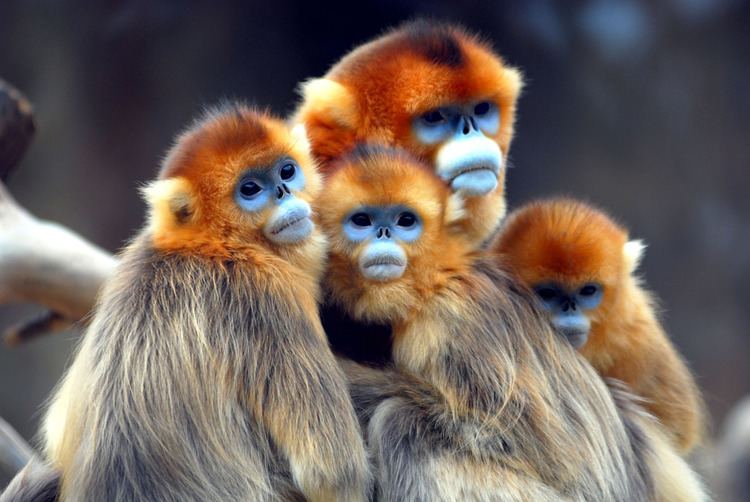 | ||
Similar Primate, Golden snub‑nosed monkey, Blue monkey, Snub‑nosed monkey, Mountain gorilla | ||
hearthstone legendary golden monkey deathmatch
The golden monkey (Cercopithecus kandti) is a species of Old World monkey found in the Virunga volcanic mountains of Central Africa, including four national parks: Mgahinga, in south-west Uganda; Volcanoes, in north-west Rwanda; and Virunga and Kahuzi-Biéga, in the eastern Democratic Republic of Congo. It is restricted to highland forest, especially near bamboo.
Contents
- hearthstone legendary golden monkey deathmatch
- New born golden monkeys in china no comment
- Habitat
- Behavior and ecology
- Diet
- Conservation
- References
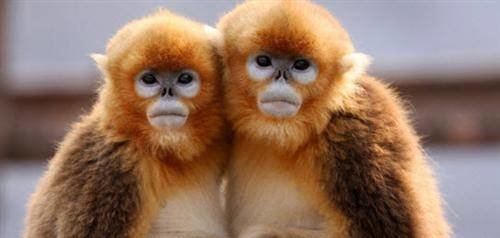
This species was previously thought to be a subspecies of the blue monkey (Cercopithecus mitis), and the two are similar overall, but the golden monkey has a golden-orange patch on the upper flanks and back.
Not much is known about the golden monkey's behaviour. It lives in social groups of up to 30 individuals. Its diet consists mainly of bamboo, leaves and fruit, though it is also thought to eat insects.
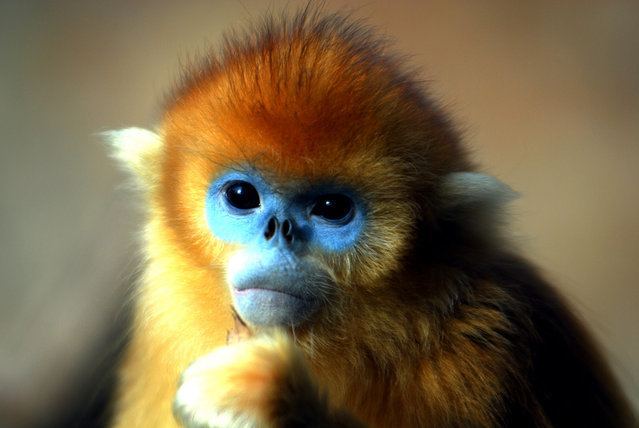
Due to the gradual destruction of their habitat and recent wars in their limited habitat, the golden monkey is listed as endangered on the IUCN Red List.
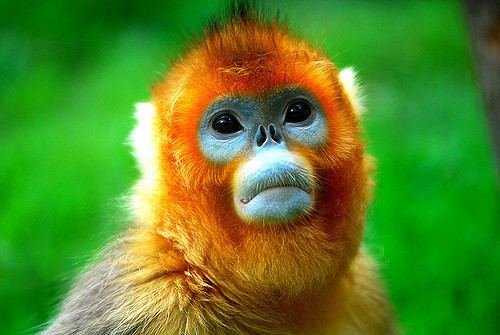
New born golden monkeys in china no comment
Habitat
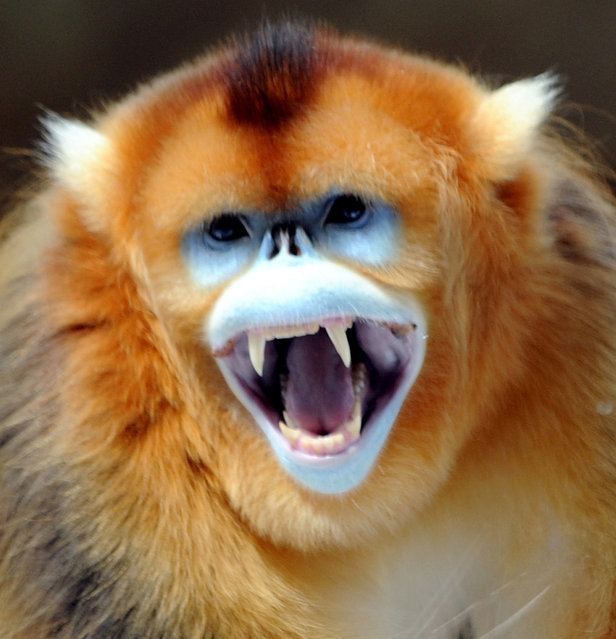
Due to its diet the golden monkey prefers a habitat with abundant fruit and bamboo. The golden monkey will move in between areas depending on the season. During the season where ripe fruit is available they will remain in those areas. When the rainy season begins this causes bamboo shooting to occur and the golden monkeys are found more in these areas. Studies have found that if there is an area consisting of mixed fruit and bamboo, the monkeys will tend to frequent that area more than an area of just bamboo. One study reported that golden monkeys are most frequently seen in forests with bamboo, and this may suggest that this is one of the major preferences of the species.
Behavior and ecology
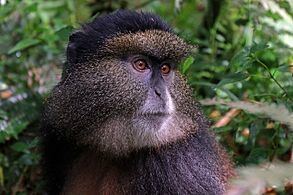
The golden monkey can travel in various group sizes, and have been seen in small groups of three up to large groups of 62 monkeys. The groups that are found at higher elevations tend to be smaller. The golden monkey will often return to one of several different sleeping areas after a day of feeding. The monkeys often sleep in small subgroups of four, at the top of bamboo plants. They will often use a dense bamboo plant, or a combination of several bamboo plants that weave together to make a sufficient foundation for sleep. The golden monkey will often feed near the sleeping area and return to this same sleeping location day after day.
Diet
The golden monkey has a diet that consists primarily of young bamboo leaves, fruits, bamboo branchlets, bamboo shoots, invertebrates, flowers, and shrubs. However, the golden monkey is an opportunistic feeder and diet can easily be influenced by the availability of fruit. During seasons where ripe fruit is available, the golden monkey tends to feed more on fruit. The golden monkey may also feed on various flowers and shrubs when they are available. The most frequent invertebrate eaten is the pupae of lepidopterous larvae picked from leaves. Bamboo tends to be the most frequently eaten because it is often more available year round.
Conservation
The golden monkey is listed as endangered on the IUCN Red List. Certain activities may threaten the conservation of the golden monkey. Illegal activities that harm the ecosystem such as tree extraction and bamboo removal are serious threats. Some research indicates that tree removal poses a more serious risk.
